In most people’s minds, yachts are associated with the summer season. On postcards and in our memories, these boats sail in the sunshine on calm seas. However, some buyers are prepared to invest in yachts designed for the coldest weather, so that they don’t have to forego the freedom of sailing all year round. We explain how these extraordinary vessels are designed and equipped.
Hulls to face the extreme cold
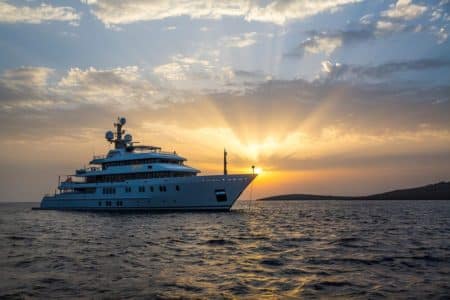
A yacht expedition to the poles cannot be improvised, and above all you need the right craft for the environment. Shipyards are able to supply yachts that are perfectly suited to sailing in such hostile zones as Antarctica and the Arctic.
First of all, the hulls of yachts for the extreme cold have specific features to resist bad weather on the one hand, and severe impacts on the other. A hull made of a simple insulating or anti-freeze material will not allow the boat to venture out in the ice.
A double hull, on the other hand, combines perfect insulation with resistance to impact with ice cubes. There are also hulls with an ice-breaking hull that allow the boat to penetrate frozen areas.
The de-icing system is also very important. It ensures that the thrusters and rudders are continuously available. This means that the yacht can continue sailing, whatever the outside temperature.
Some boats even have higher-powered thrusters or special engines to ensure that the boat does not get stuck in the ice during an expedition or cruise.
Specialised, cutting-edge safety systems
Exploring a high-risk area means having a reinforced security system. Yachts designed to sail in extreme-cold regions are equipped with cutting-edge technology, and AI is increasingly being brought on board to provide surveillance.
As a minimum, cabins are equipped with a sophisticated communications system, so that emergency services can intervene as quickly as possible in the event of an accident.
In addition to the latest navigation equipment, most yachts also have a large number of sensors. These are designed to detect obstacles and anticipate trajectories. They also keep track of the water temperature so that the thrusters can be de-iced if necessary.
Nothing is left to chance to cross hostile zones without incident. As well as being sure of the equipment, we advise you to check the skills of the crew. The experience of the crew is just as important as the solidity of the ship for such expeditions. Ordinary crew members are not trained to operate the technologies of these very specific yacht models correctly.
What’s more, the safety rules and protocols for protecting crew and passengers are more complex. They require yachting professionals to have training and experience in this field. And don’t forget that life-saving equipment is special and must be adapted for extreme-cold regions to ensure the survival of everyone before help arrives.
Passenger comfort on frozen-zone excursions
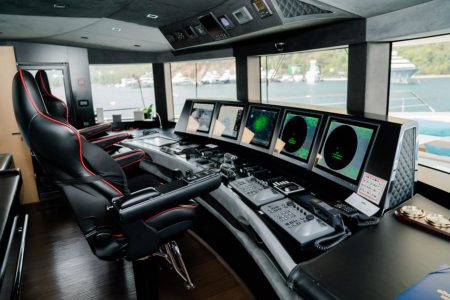
Passengers on a yacht excursion want to experience hostile regions in the best possible conditions. That’s why the boats designed for these destinations are not without their comforts.
First of all, there’s no question of suffering from cabin temperatures that are too low. Sophisticated heating systems ensure that the temperature inside is always pleasant.
Secondly, most of these ships have a system for de-icing the deck. The deck must remain passable not only for the crew, who must not endanger themselves during manoeuvres, but also for passengers who wish to access the outside.
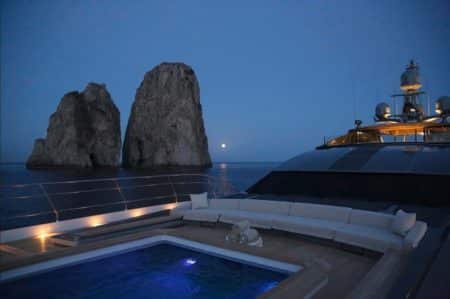
The windows can also have a defrosting function. This helps to keep the cabins warm, but is also appreciated by passengers, who can look out unfiltered. A good option when the wind is blowing too hard and you don’t want to venture out on deck.
Finally, the interior layout can also be designed for the winter season. The materials chosen for both the elements and the decoration are reminiscent of high mountain chalets. From the shapes to the choice of textiles, everything is designed to create a warm atmosphere in the heart of the great icy spaces.



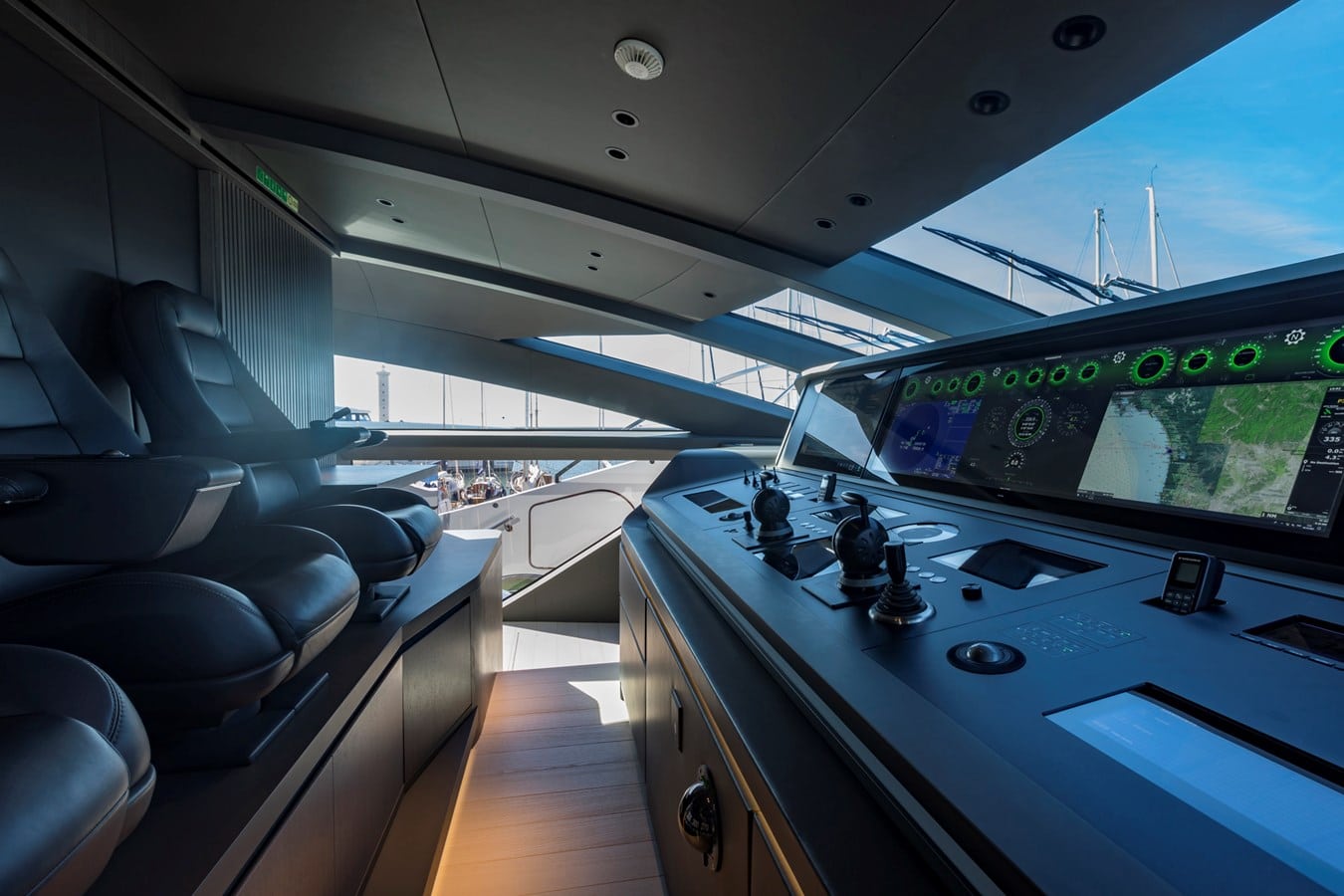
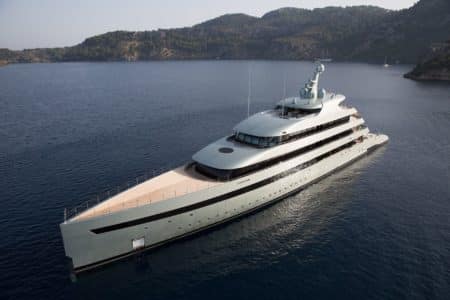
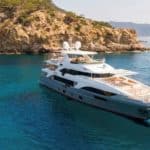

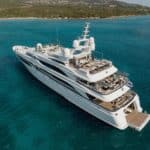
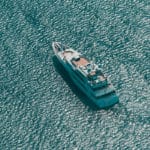


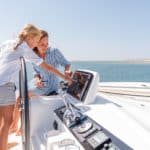
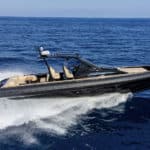


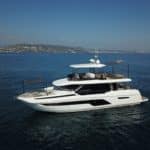

Leave A Comment